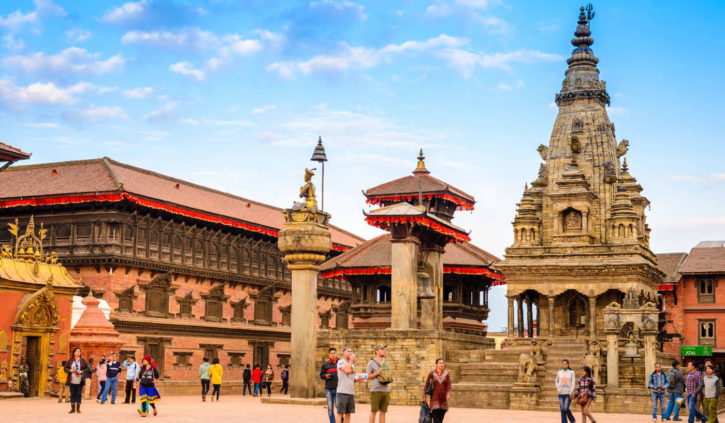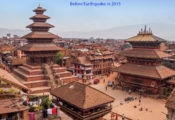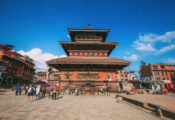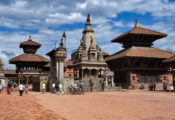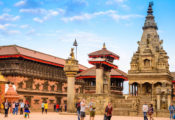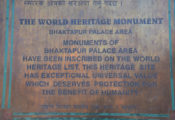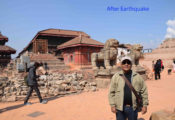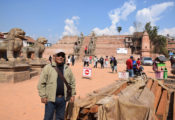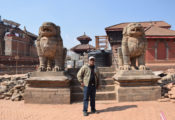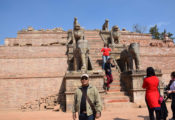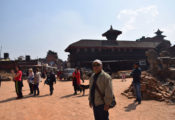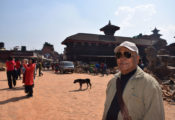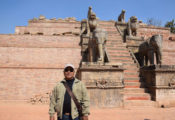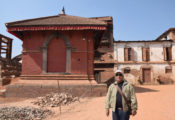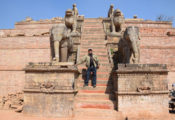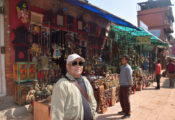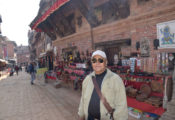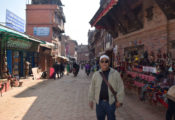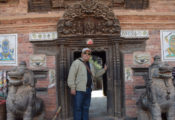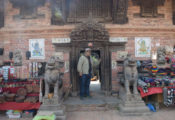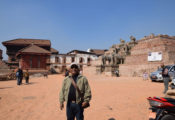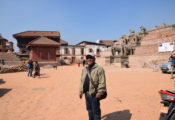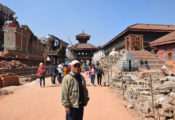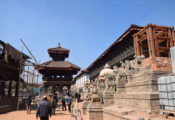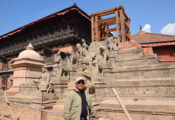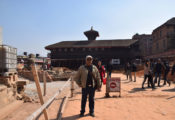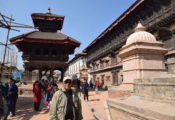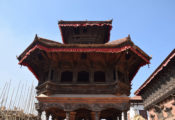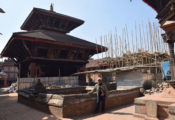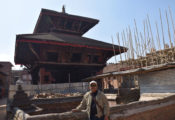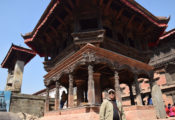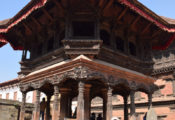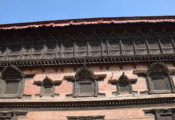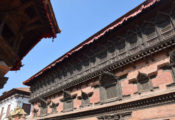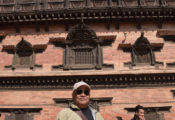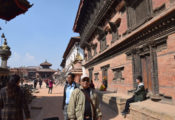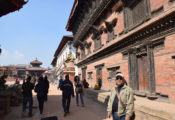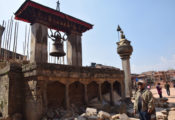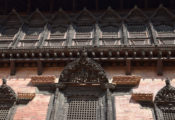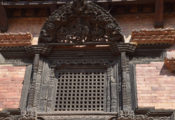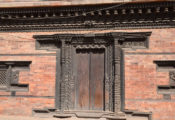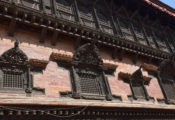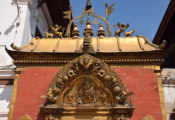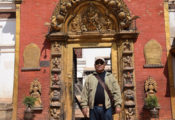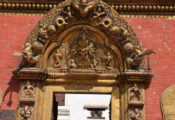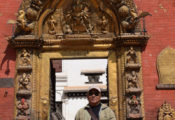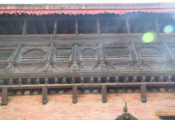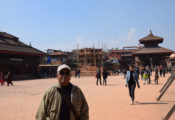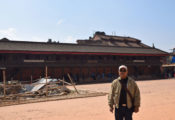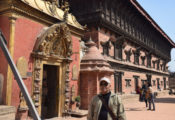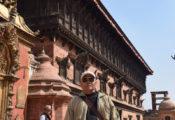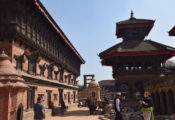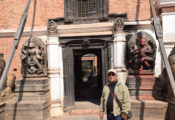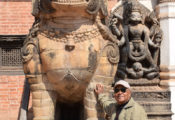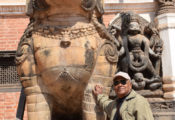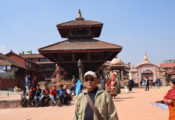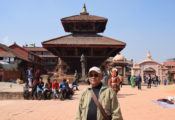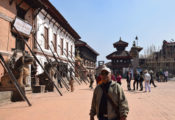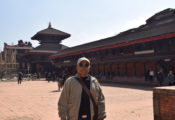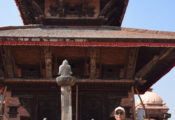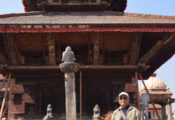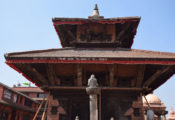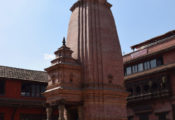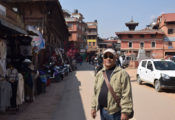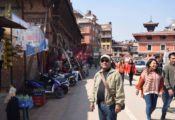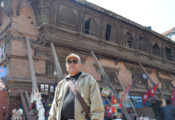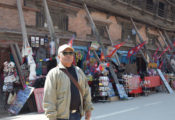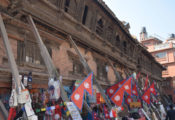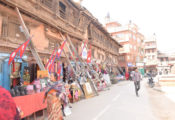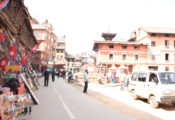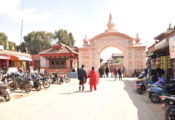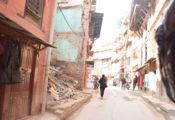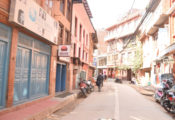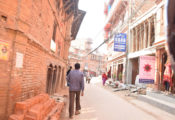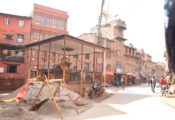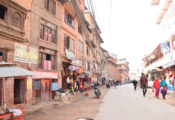The Mallas once ruled Kathmandu valley from Bhaktapur until King Yakshya Malla in 1482, divided the kingdom between his three sons leading to disunity and fading strength. With the valley kingdoms divided, the Shah dynasty from Gorkha was able to conquer them one by one.
Bhaktapur still retains some of its ancient way of life, reminding that once the entire Kathmandu Valley looked like during the medieval period. The remarkable architecture, the exquisite woodcarvings and metal craft that can be seen around the city takes one back to the time of the Malla rulers who patronized art like no other dynasty. The pagoda style temples rise above the Bhaktapur skyline. The Pottery Square, the Palace (Durbar) Square which dates back to the 12th century, where devotees still celebrate their centuries old festivals and the temple squares that still remain vibrant. The Durbar Square is one of the UNESCO World Heritage Sites of the valley.
Unlike Kathmandu and Patan, Bhaktapur has resisted rapid change, and a large number of women in Bhaktapur are still seen in their traditional Newari attire in black and red. Pottery, farming, singing in the temples or just sitting in the rest houses in the mornings and evenings are a way of life they have retained for centuries. Once known as Bhadgaon (Nepali) and Khwopa (Newari) the city has maintained its festivals in their original elaborate forms, many of which last over a week. After the restoration program in the 1970s, the city’s municipality has controlled the construction of new buildings in order to maintain the brick facade. One of the most popular festivals of Bhaktapur is the Bisket Jatra which attracts a large number of tourists around the Nepali New Year.
The Kathmandu Valley is one of the most amazing areas in the country, and it’s packed with incredible towns, temples and culture. Bhaktapur is the third of the valley’s medieval Newari cities, the other two being Kathmandu and Patan.
The twin earthquakes that struck on April 26 and May 12, 2015 caused around nine thousand deaths , and around half a million families in the central region of the country lost their homes as well as many houses were destroyed, including the iconic heritage structures. Restoration is still going on as at 2020 even after 5 years.

